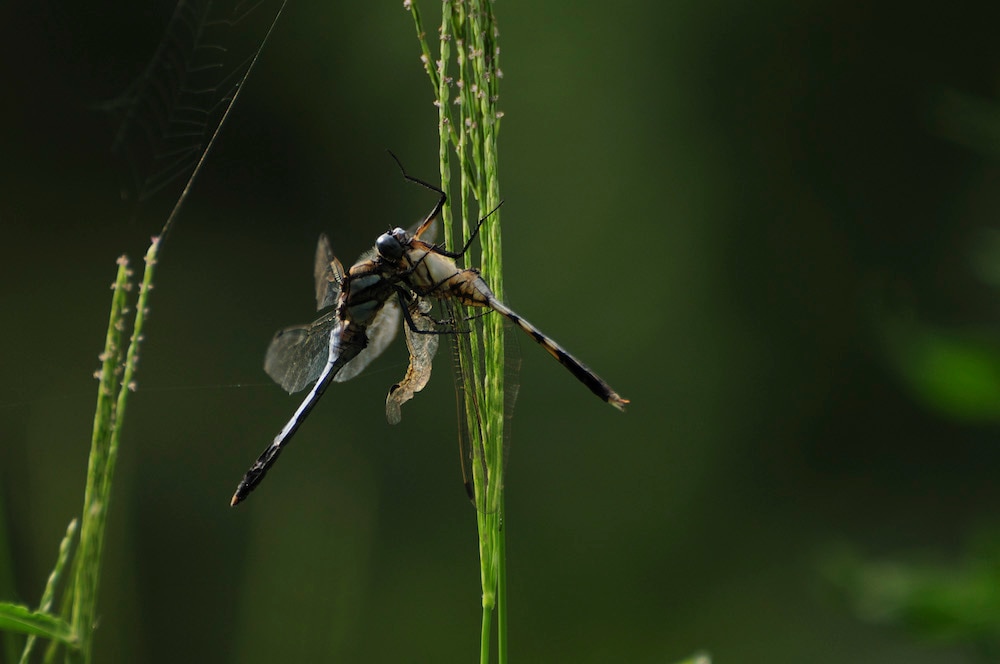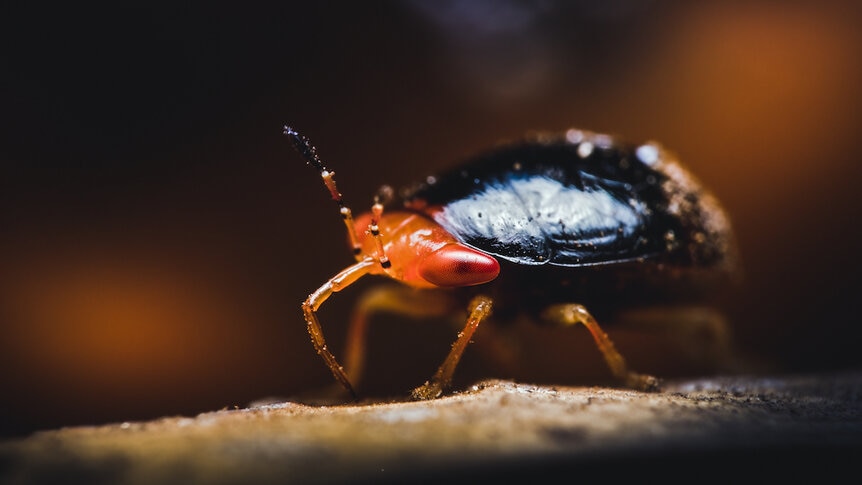Create a free profile to get unlimited access to exclusive videos, sweepstakes, and more!
When things get too crowded, a hormone spike may turn animals into cannibals
You know, maybe our neighbors aren't so bad after all.

Hannibal Lecter is, perhaps, the world’s most famous cannibal, fictional as he may be. His ability to charm his victims while pairing bits of their bodies with the perfect glass of wine captured the imagination of audiences in Silence of the Lambs and its prequel Red Dragon. There’s something about the notion of eating another person which causes a primal revulsion we can’t help but be fascinated with. It feels as though it’s the ultimate insult to an unspoken biological contract members of a species have with one another. It turns out, however, that couldn’t be further from the truth.
In nature, cannibalism is nearly as ubiquitous as life itself. Not every animal does it, but it happens more often than you might realize. Jay Rosenheim and Sebastian Schreiber, both scientists at the University of California, Davis, investigated cannibalism in the insect geocoris, commonly known as the big-eyed bug. Their findings, published in the journal Ecology, suggest that cannibalism emerges anytime the population becomes too dense, even if there are plenty of resources to go around.
“Almost all organisms we regard as predators will become cannibalistic when conditions get grim enough. Even organisms we don’t think of as predators, there are a lot of herbivorous organisms that will also become cannibalistic. It’s quite widespread, ranging from single-celled protozoans all the way up to whales and basically everything in between,” Rosenheim told SYFY WIRE.
Rosenheim’s interest in big-eyed bugs came to a head while he was working with cotton farmers in California. Early in the growing season, when plants are just sprouting, they’re often colonized by spider mites. The mites feed on the plants and reduce their ability to photosynthate. When things get severe enough, they lose their foliage which is a problem for farmers. Luckily, nature likes to maintain equilibrium and where there are spider mites, there are big-eyed bugs.
“As long as farmers minimize the use of broad-spectrum insecticides, they retain this community of effective predatory bugs of which big-eyed bugs are one. The big-eyed bugs do an amazing job of suppressing spider mite populations. They lay eggs in the spider mite colonies, those hatch, and the immature stage of the big-eyed bugs just obliterate the spider mites,” Rosenheim said.
The trouble begins later in the season when the spider mites return. Observations in the field revealed that during this second stage, big-eyed bugs were not as effective at keeping the mite population in check. Things got weird when scientists realized there were plenty of big-eyed bug eggs around, but they didn’t see the corresponding population boom they expected.
Rosenheim enlisted the help of PhD student named Ya-Hua Law, who considered a host of possible explanations including secondary parasites, and found that the trouble was coming from inside the house.
“These bugs became highly cannibalistic once their population built up. It was a density-related phenomenon, a switch was thrown, and they became cannibalistic. That put a pretty rigid ceiling on their population size. No matter how much food was available, their population wouldn’t grow beyond a certain point because they were eating each other,” Rosenheim said.
The apparent trigger was the bug’s own perception of how many other members of their species were around them. In laboratory experiments, they placed an individual adult female in an enclosure with plenty of food and some eggs. As long as no one else was around, they’d eat the other food, and all was well. But if another adult female was within view, they’d chow down on their own eggs. The working hypothesis is that adult big-eyed bugs can’t tell the difference between their own eggs and the eggs of a competitor. When they’re alone, they assume any eggs they encounter are their own but when someone else is around, they assume they’re a competitor’s eggs and gobble them up.
“It’s not tightly shaped by the consequences of the population of the whole, it’s really about the success or failure of the individual. You could think of the individual benefits, they knock off another member of the species who is likely a competitor, it provides the cannibal with a meal, and you’re also potentially shielding your offspring from cannibalism that individual might impose. All of those things are beneficial for the cannibal even if the consequences for the population size are bad,” Rosenheim said.
It's unclear if the laboratory results directly translate to the real world, but informal observations suggest that they might. One pair of big-eyed bugs, a mated male and female, generally maintain a single plant as their own personal domain. Their view of the world is limited to that plant and encountering an interloper might suggest to them that the population is growing too dense and trigger cannibalistic behavior.
What’s more, Rosenheim suggested a neurohormonal link driving the whole affair. The same hormones which control normal hunger responses and foraging behavior also tend to make animals more aggressive and pipeline them into cannibalism. Startlingly, that hormone response appears to be fairly ancestral and present in invertebrates and vertebrates alike. There might be something hardwired in our physiology which pushes us toward eating our own when the going gets rough.
That said, if population density were enough to turn us into ravenous people eaters, you might have expected it to happen already. Still, it’s enough to make you want to stay home with the shades drawn, lest an enterprising neighbor get the wrong idea.



























